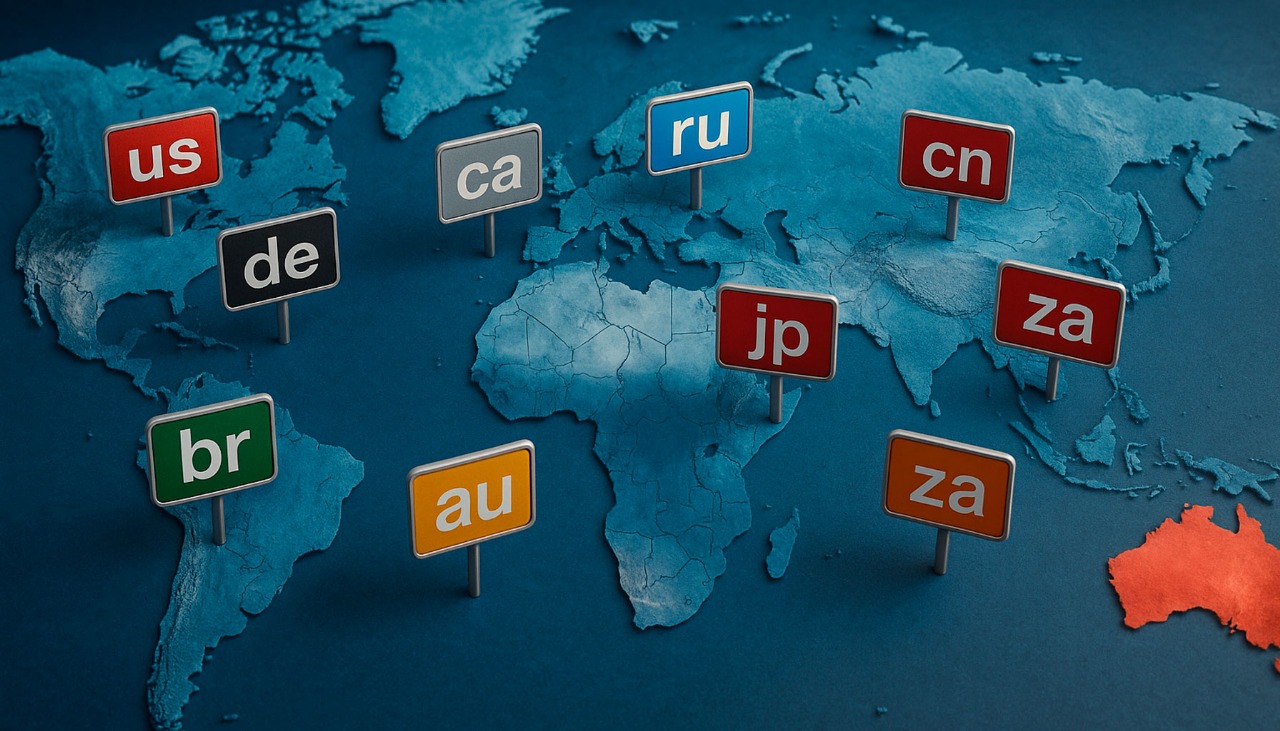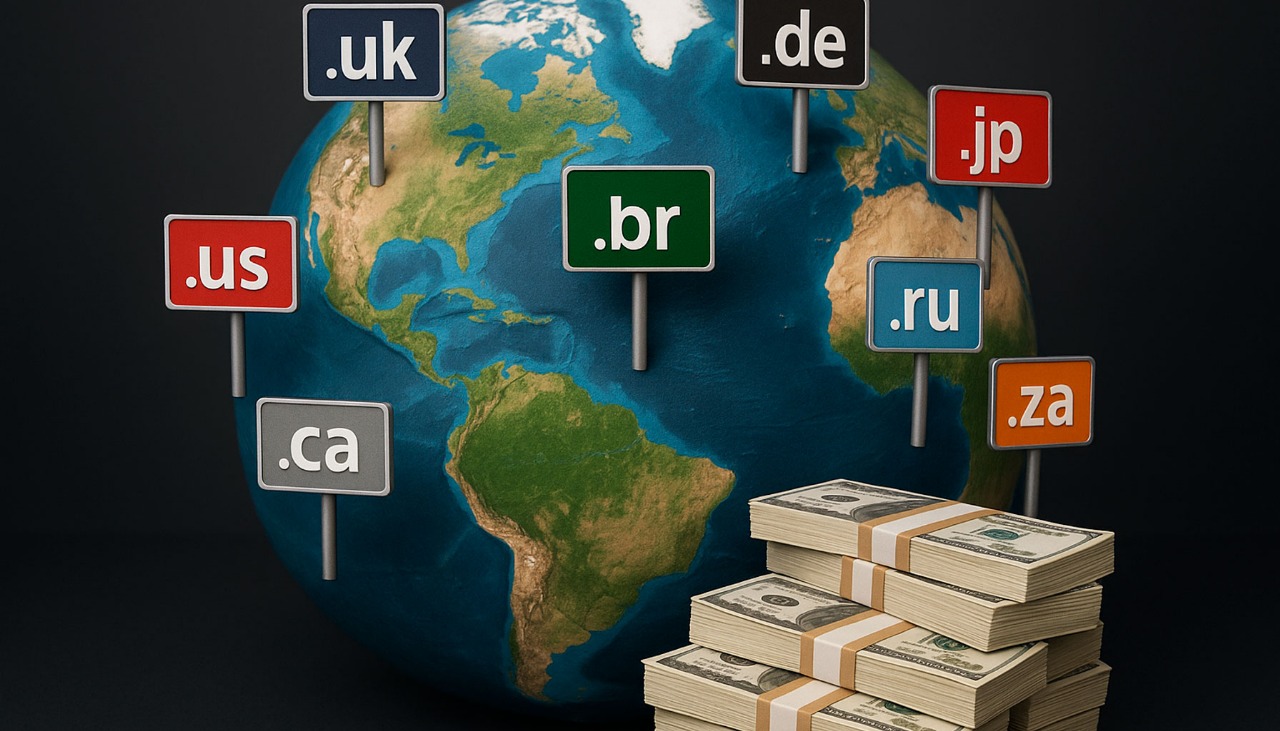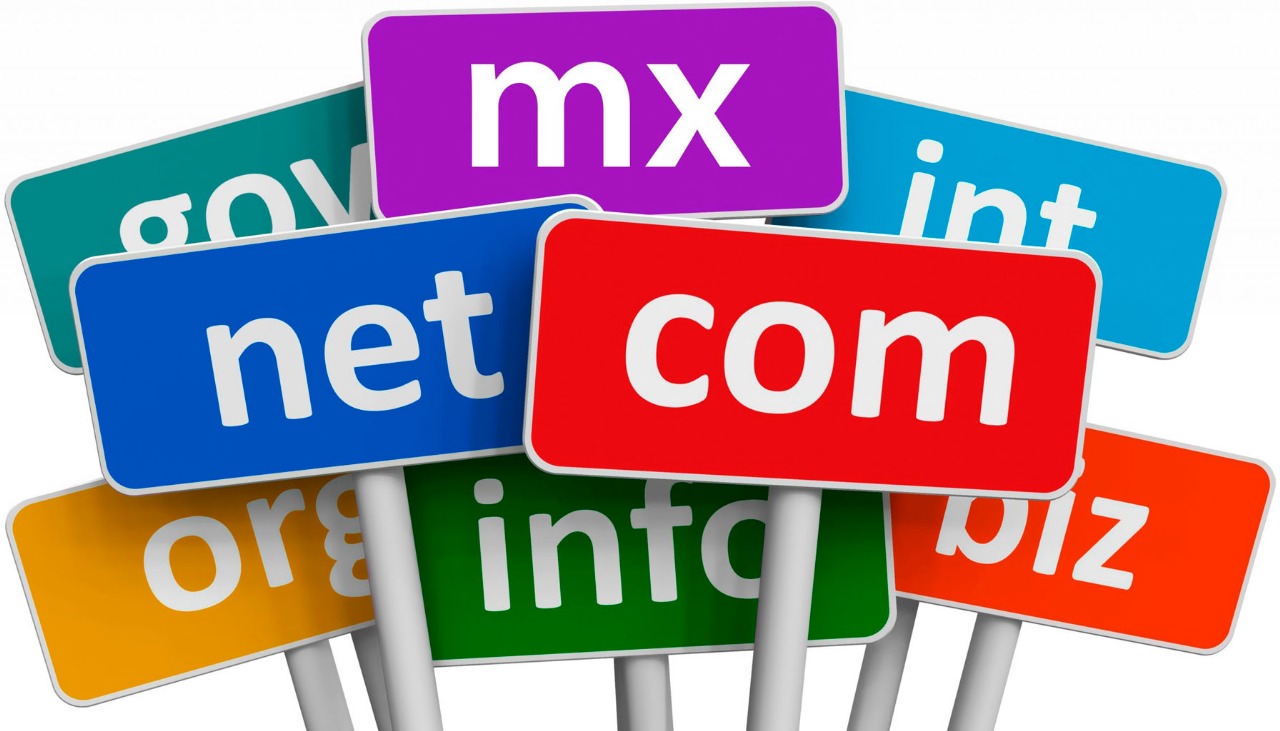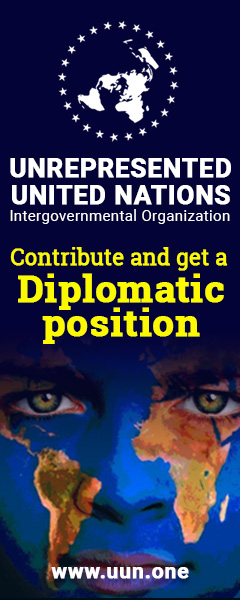
If registering a domain name like yourbusiness.com feels like renting space on the internet, then buying a TLD (Top-Level Domain) is like owning the land it’s built on. It’s bold, it’s powerful — and yes, it’s possible.
But before you jump in, know this: you don’t just buy a TLD like you would a domain. You apply, invest, and manage it at the highest level of the internet’s naming system.
This guide covers everything you need to know about how to buy a TLD — from costs and technical requirements to the legal process and expert help available.
Investing in a Top-Level Domain (TLD) isn’t just a digital vanity project — it’s a strategic move for businesses, brands, and entrepreneurs looking to own a permanent piece of the internet. A TLD is the final segment of a domain name, like .com or .org, but instead of renting space under someone else's domain, owning a TLD gives you full control of an entire namespace. This means you can create domains like login.yourbrand, store.yourbrand, or anything.yourbrand without relying on external registrars or platforms.
Be the Boss in your field, control the TLD
One of the biggest advantages is trust. A branded TLD instantly signals authenticity and authority. Customers recognize that anything ending in your TLD comes directly from you — not an imposter or third party. It also adds a layer of security. You control the DNS, enforce strict policies, and eliminate risks like domain spoofing or phishing through unauthorized subdomains. In sectors where reputation is everything — like finance, tech, or healthcare — this kind of control isn’t optional, it’s essential.
There’s also long-term value. TLDs are rare assets, and ICANN (the body that manages them) only opens applications in limited windows. The last one was in 2012, and the next isn’t expected until 2026. That scarcity means early movers gain a lasting advantage. If your TLD is public, you can even monetize it by allowing others to register second-level domains under your extension.
Owning a TLD is like owning a piece of digital land. It’s not cheap, but it gives you sovereignty, security, and brand power no traditional domain ever could. And with the support of firms like Caporaso & Partners Law Office in Panama, who assist with the legal and strategic aspects of the application, the path to owning your TLD becomes not only possible — but smart.

What Is a TLD, a Top Level Domain?
In the DNS hierarchy, a Top-Level Domain (TLD) is the segment that comes right after the final dot in a domain name. For example, in "google.com," the ".com" part is the TLD. Other common examples include ".org," ".uk," and ".edu."
TLDs play a crucial role in how DNS lookups work. When a user enters a domain like "google.com" and there's no cached information, the DNS resolver starts by contacting the server responsible for the relevant TLD. In this case, it reaches out to the ".com" TLD server, which then provides the IP address for Google’s original server.
A TLD is the last part of a domain — like .com, .org, or .tech. When you register a regular domain, you're buying a second-level domain under a TLD. But owning the TLD itself (like .brand or .project) means you control the entire namespace.
That lets you create and manage domains like:
- store.yourbrand
- email.yourbrand
- app.yourbrand
You become a registry operator — not just a domain owner.
How Many TLDs Exist?
As of now, there are over 1,260 TLDs in the global DNS root — from country codes to generic and brand-specific extensions. The list is constantly evolving.
You can always view the updated list here:
https://data.iana.org/TLD/tlds-alpha-by-domain.txt
What Are the Different Types of Top-Level Domains (TLDs)?
Generic TLDs (gTLDs): These include some of the most recognizable domain endings on the internet, like .com, .net, and .org. Originally, the Internet Corporation for Assigned Names and Numbers (ICANN) had tight restrictions on adding new gTLDs. However, since 2010, those rules have been loosened. As a result, there are now hundreds of newer and less familiar gTLDs, such as .xyz, .top, and .loan.
Country-Code TLDs (ccTLDs): These are two-letter domains designated for specific countries, sovereign states, or territories. Examples include .uk for the United Kingdom, .au for Australia, and .jp for Japan. The Internet Assigned Numbers Authority (IANA), under ICANN’s oversight, assigns local organizations in each region to manage their respective ccTLDs.
Sponsored TLDs (sTLDs): These are domains intended for specific communities, whether professional, cultural, or geographic. Each sTLD is managed by a sponsor representing its intended group. For example, .app is tailored to software developers and sponsored by Google. Likewise, .gov is reserved for U.S. government entities and managed by the General Services Administration.
Infrastructure TLDs: There’s only one TLD in this category: .arpa. Named after DARPA—the U.S. defense agency that helped pioneer the internet—.arpa was the first TLD ever created. It’s now used solely for technical infrastructure purposes, such as supporting reverse DNS lookups.
Reserved TLDs: These domains are set aside for specific uses and aren’t available for public registration. For instance, .localhost is used in local development environments, and .example is meant for instructional or testing purposes.

Can Anyone Buy a TLD?
Technically yes — but only through an official ICANN application process, which happens in specific windows. The last one was in 2012, and the next is expected in 2026. Until then, you can prepare your plan, team, and budget.
How Much Money Can You Make from Owning a TLD?
Owning a TLD (Top-Level Domain) isn’t just a branding power move — it can also be a source of long-term, recurring income. The financial potential depends on the type of TLD you own, how you market it, and the business model you apply, but the earning ceiling is high.
The most direct revenue stream comes from domain registrations. If your TLD is open to the public, every time someone registers a domain under it — like yourname.tld or business.tld — you collect a fee. Most registry operators charge anywhere from USD 10 to USD 50 per year, per domain. If your TLD gains traction and reaches, say, 10,000 active domains, that alone can generate six figures annually, before upsells or premium pricing.
Then there are premium domains — short, memorable names like shop.tld, home.tld, or ai.tld. These can be sold for hundreds, thousands, or even millions of dollars depending on demand. Registries often hold back premium domains to sell at higher prices or through auction platforms. Some niche TLDs have made overUSD 1 million just from a handful of high-value names.
On top of that, there’s the recurring value of renewals. Once a domain is registered, many users will keep renewing it year after year — meaning you build a compounding revenue base over time.
Of course, success isn’t guaranteed. It takes strategic marketing, registrar partnerships, and sometimes years to build adoption. But the upside is real — and for a strong concept with good execution, a single TLD can turn into a profitable, scalable digital business.
What Does It Cost to Buy a TLD?
Here’s a realistic breakdown:
|
Item |
Estimated Cost (USD) |
|
ICANN application fee |
USD 185,000 |
|
Legal & consulting fees |
USD 50,000– USD 100,000+ |
|
Backend registry provider |
USD 25,000– USD 100,000/year |
|
Annual ICANN fees |
USD 25,000 minimum |
Owning a TLD isn’t cheap — but it’s a serious strategic asset.

How to Buy a TLD: Step-by-Step
1. Define Your Purpose
Will your TLD be:
- Open to the public (like .shop)?
- Private and internal (like .brand)?
- A niche namespace (like .eco, .music)?
2. Choose a Registry Backend Provider
This is the tech infrastructure behind your TLD. You’ll need one unless you plan to build your own. Trusted names include:
- Identity Digital
- CentralNic
- GoDaddy Registry
3. Prepare Your ICANN Application
When the next round opens:
- Prove your financial stability.
- Provide your technical plan.
- Secure legal rights (if you're using a brand name).
- Submit full documentation to ICANN for evaluation.
4. Resolve Contention or Objections
If someone else applies for the same TLD or files a legal objection, be ready for:
- Auctions
- Trademark challenges
- Public interest reviews
5. Pass ICANN’s Technical Review
Known as Pre-Delegation Testing, this ensures your infrastructure is secure, stable, and compliant.
6. Sign the Registry Agreement
If approved, you'll sign an agreement with ICANN, and your TLD will go live in the DNS root.
Need Help Applying? Talk to Caporaso & Partners
Applying for a TLD isn’t just technical — it’s legal. You need a clear business model, compliance knowledge, and support through ICANN’s detailed process.
Caporaso & Partners Law Office, based in Panama, helps entrepreneurs, companies, and investors navigate the TLD application from start to finish.
Whether you're planning a brand TLD or a public registry, their team can:
- Prepare the full ICANN application
- Handle legal documentation and objections
- Manage registry partnership agreements
Book a consultation to start your journey
Owning a TLD gives you control, prestige, and branding power on a global scale. It’s not for everyone — but for the right business, it’s a digital asset that pays for itself in influence, visibility, and flexibility.
- Start planning now.
- Be ready for ICANN 2026.
- And get support from professionals who speak your language — legally and technically.
